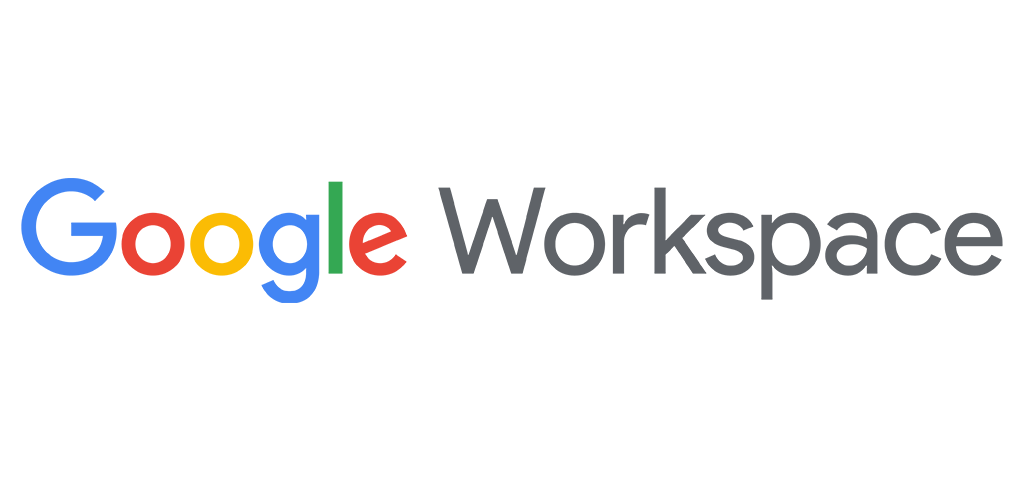Garage to Cloud: A History of Google Workspace

Six Simple Rules to Get Your Content Right on Social Media
December 16, 2020
No More Isolation: How to Create a Holistic Thought Leadership Strategy
February 12, 2021There are certain all-pervading things, which, no matter where you turn to, meet your eye, literally and figuratively. Air, for example. Or in the case of the online ecosystem, Google.
From its humble beginnings in a Stanford dorm room as Backrub, the search engine, to the ever-expanding cloud resident, Google has systematically had its metaphorical fingers in every pie. Search engine, ads, mail, productivity apps, mobile OS, and cloud service, this giant is still growing.
We use the term behemoth to refer to larger-than-life beings, and if we use that to refer to Google, we wouldn’t be wrong.
Fierce competitor to Microsoft and no stranger to experimentation, the company’s evolution is nothing short of epic. In the light of its latest rebranding, we thought it would be apt to give you a tour through the timeline of Google Workspace’s history.
2004 – 2010: The Birth of Gmail
From the Stanford dorm room to the garage in suburban Menlo Park in California and finally to the Googleplex in Mountain View, California, Google’s journey was all about Search. Truly fulfilling its mission to organize the information of the world, Google Search was our means to make sense in the vast internet.
Then, in 2004, Paul Buchheit changed the company’s entire growth trajectory in one day. As part of his 20% time project, Buchheit was assigned the job of creating Google’s own email product. And he did so in one day. Gmail was born then, as a challenger to Microsoft Outlook, which until then (and for some time to come) had the enterprise mail ecosystem under its thumb.
Google officially announced Gmail in 2004 with an astounding free storage of 1GB, while its peers were still offering around 2-4MB. It won the hearts and minds of CEOs and civilians alike and soon drowned out its competition.
Building on its success, in 2006, Google came out with Gmail for Your Domain, allowing customers to customize their domain for business use. A few months later came Google Apps for Your Domain, which included three extensions to Gmail in the form of Google Talk, Google Page Creator, and Google Calendar.
This turned out to be the beginning of Google’s foray into the world of productivity apps.
Google Apps for Education was launched in the same year but the highlight turned out to be Docs and Sheets, Google’s clear war cry against Microsoft. In 2007, Google decided to monetize its productivity suite by launching Google Apps Premier Edition, starting at $50 for a year. Google Apps for your Domain was also re-branded as Google Apps Standard Edition.
One thing was certain: Google was determined to create an address for itself in the cloud.
2010 – 2014: Apps Expand
By 2010, Google Apps was well on its way to becoming all-pervasive. An impressive 2 million companies were loyal customers, which also encouraged the company to launch Google Apps Marketplace in 2010, akin to Google Play Store. Third party vendors could list their apps in the Marketplace, carrying the approval stamp of Google.
Google also launched Google Apps for Government in the same year, which necessitated the re-branding of Google Apps once again. Google Apps Premier Edition was re-branded as Google Apps for Business. Google Apps Standard Edition was re-branded as Google Apps.
In 2011, following the continued success of the productivity suite, Google introduced its monthly billing plan.
Then came Google’s entry into the cloud storage business for good. Google Drive was launched in 2012, matching the storage capacity provided by the likes of Apple, at 5 GB. Google’s state-of-the-art security features and encryption processes made Drive an instant favorite.
Google’s master stroke was connecting its Drive to Gmail, which already had 425 million users by then. The ease with which users could move among the various Google products was a crowd winner and loyal customers remained loyal.
When the desktop version of Google Apps was launched in 2013, it gave business owners a chance to switch from other clients like Microsoft. It also gave a wider appeal to Google Apps.
2015 – Now: Tech Upgrades and More Rebranding
If, till then, there were doubts on Google’s cloud intentions, they would have dissolved with the biggest tech upgrade yet from the soon-to-be giant. The Smart Reply feature in Gmail, when it came out in 2015, took the world by storm. The AI-powered ‘mind-reader’ saved people precious seconds in drafting emails. It also suggested three possible short replies depending on the content of the mail.
With this upgrade, Google started to focus largely on upgrading the tech for its Apps.
In 2016, another re-branding was announced. Google Apps for Business became known as G Suite, easy to pronounce, easy to sell. The same year saw the company’s enterprise brand being renamed as, drum roll, Google Cloud.
The machine learning tools of Google Cloud became the company’s unique differentiator. But let’s concentrate on G Suite for now.
In January 2017, the number of paid customers exceeded 3 million and in the following year, it crossed 4 million.
By then, Microsoft had already committed its biggest sin – refusing to go mobile – and was busy reaping its wages. Google, however, had gone mobile in a jiffy. And G Suite was as easily accessible on mobile devices as it was on a laptop or a desktop.
People loved it.
Easy to operate, easy to access, and easy on the eyes. G Suite was the perfect productivity tool.
When, in Jan 2019, Google announced the launch of its Docs API, the stage was already set. Google had become a force to be reckoned with, Google had become a clear contentor for the cloud space.
In the beginning of 2020, when the pandemic hit and the world closed down, G Suite brought a lot of companies together with its collaborative and productivity tools. Google Meet rescued schools and teachers as they continued students’ education. Google was indeed god for some time then.
October 2020 saw the latest rebranding of G Suite to Google Workspace. With the security features and at-rest encryption facilities, this giant is not so gentle anymore. Rebrands will come again; for Google, that seems to be a regular thing. But what’s to watch out for is the many and at times, frequent, tech upgrades that the company rolls out.
We aren’t complaining. In fact, we are watching with bated breath for more.
But if you’re already convinced of the magic of Google Workspace and want to be one among the millions of its subscribers, contact us and we’ll set it up. Econz has been transforming businesses with a journey through the cloud, and we’re certain we can support you as well.


